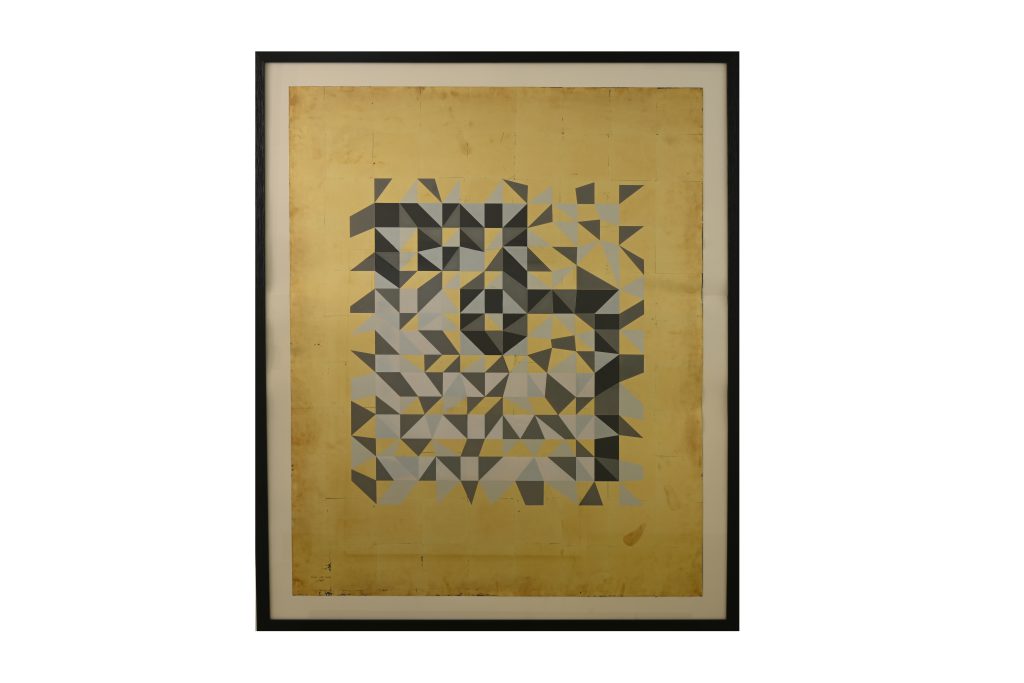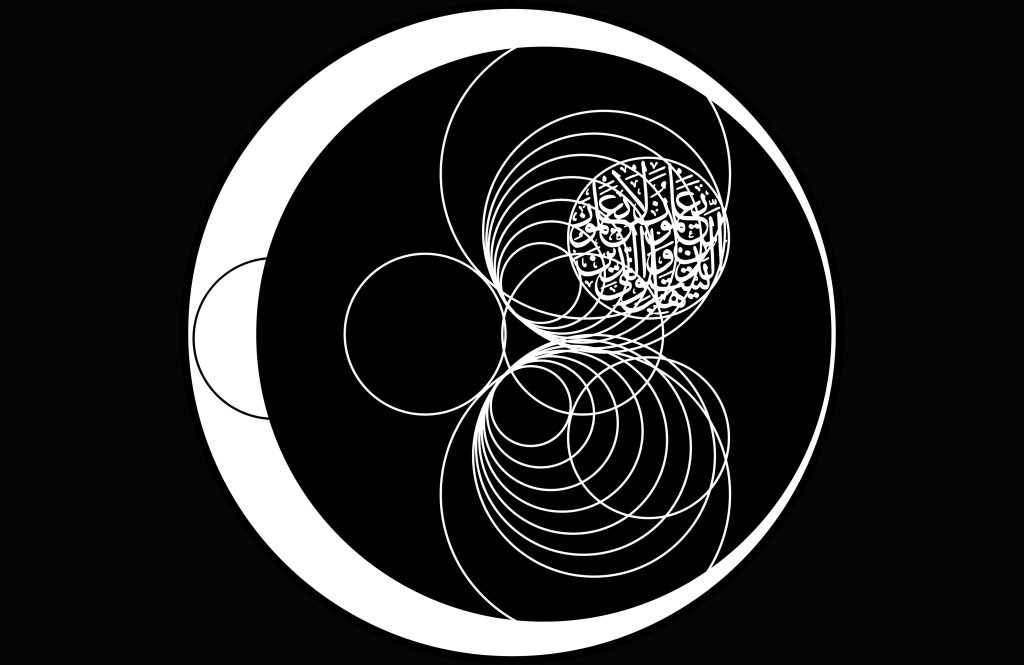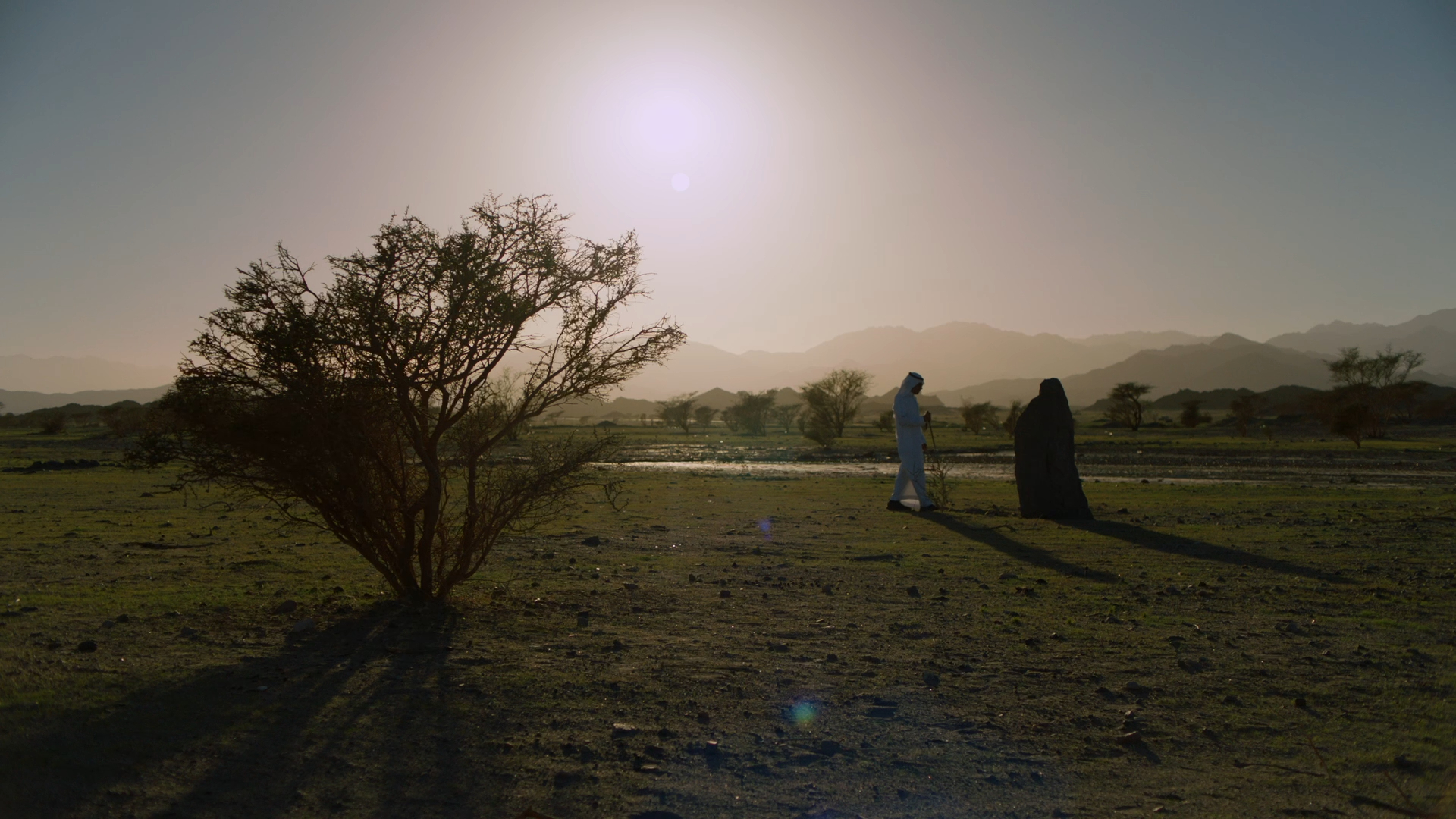At the 2023 Islamic Arts Biennale, Ithra presents A Journey of Understanding, an exhibition ‘curated’ by members of the Saudi public.
“Art is an identity, and not preserving it means not preserving one’s identity,” said one Jeddah-based participant in an audience research study carried out by the King Abdulaziz Center for World Culture (Ithra) in 2016. In collaboration with the University of Dammam, the institution spent two years prior to its inauguration surveying potential audiences in Dammam, Riyadh and Jeddah to understand the nature of their connection to Islamic culture and heritage through art. A snapshot of the results, showcasing Ithra’s unique approach to public engagement, is presented in the exhibition A Journey of Understanding at the ongoing Islamic Arts Biennale (IAB) in Jeddah.
The show forms part of the biennale’s AlMadr section, which brings together selected works of Islamic art from 12 diverse collections and institutions around the world, including Dar al-Athar al-Islamiyyah in Kuwait City, the Benaki Museum of Islamic Art in Athens and the Ahmad Baba Institute in Timbuktu. Each organisation has been invited to curate a show reflecting upon its own trajectory towards exhibiting Islamic art – a brief that speaks to IAB’s broader investigation of the journey as a concept, which takes on various meanings across the biennale: the hajj pilgrimage, the life journey undertaken by every Muslim, the journey to faith. Ithra’s ‘journey of understanding’ consisted of the audience research study, which revealed the Saudi public’s knowledge and impressions of Islamic visual culture and has informed the curation of every exhibition at the museum since it first opened.
What the researchers found was an overwhelming interest in Islamic art that evokes Muslim identity, as expressed by the respondent in Jeddah. The exhibition at IAB features a combination of historical and contemporary artwork acquired by Ithra in turn. Many of the newer works on display contain references to traditional art and literature from the Islamic world – key markers of any cultural identity. In her abstract calligraphy piece Huwa Allah (2014), for example, Lulwa Al Homoud uses mathematical principles inherent in Islamic design to spell out the eponymous phrase ‘He is God’. Mounir Fatmi’s Technologia (2010) also merges calligraphy and geometry in an audiovisual work showing rapidly flickering images of circular shapes that frame passages from the Qur’an. The work’s commentary on the speed of change in the modern world is particularly pertinent in the context of the Kingdom, where recent social and cultural reforms are raising questions about Saudi identity.

“We asked the research participants to play the curator,” says Idries Trevathan, curator of Islamic art at Ithra. Through the study, Ithra has established a reliable index of the relevance of the selection of artworks in a given exhibition – that is, how a particular piece meets the needs and interests of the public. In other words, the centre engages its audience with art that resonates with them, rather than what they are told should matter to them. “I think a lot of curators pay lip service to audience engagement, but essentially talk to themselves,” continues Trevathan. “But at Ithra we take it very seriously. Everything we learn about what our audience wants informs what we do, because as curators, we don’t know any better.”
A Journey of Understanding provides valuable insights into curatorial practice. However, its scope as only one section of an exhibition within the biennale seems a missed opportunity. As a young, dynamic and fast-growing cultural centre, Ithra has much to offer, such as Hijrah: In the Footsteps of the Prophet, a major exhibition taking place over nine months at the institution’s headquarters in Dhahran that recreates the Prophet Muhammad’s migration from Makkah to Madinah through newly commissioned works and historical objects.

An accompanying film, in which leading Hijrah scholar Dr Abdullah Alkadi traces the journey on foot, saw its world premiere at IAB in March. Still, a restaging of the exhibition would have proved more accessible to audiences than this one-off event and, for that matter, than the original iteration in remote Dhahran. Not to mention, the show resonates with the biennale’s exploration of journeys – particularly in its second section, also entitled Hijrah. Some truly striking works are featured, such as Younes Rahmoun’s House-Boat (2019), a sculpture consisting of golden scaffolding with a pendulum at its centre in a shape that flirts between house and boat. Facing the direction of the Ka’abah in Medina, the work symbolises the Prophet’s quest for a new home in the holy city.
Hijrah would have also met the criteria of the AlMadr section, because like A Journey of Understanding, it draws from the audience research study and seeks to engage audiences on a personal level. “I have always sought to include in my work something from the viewer’s perspective, some part of his environment, his imagination, his culture,” reads a statement from Rahmoun in the wall text. “House-Boat is a reminder of the childhood home that we all carry in our imaginations. The boat within the house is … you and me … it is that inhabitant of the place. Sitting in a position of temporary stillness, in a semi-static state, moving, about to start out again.”
The Islamic Arts Biennale runs until 23 May 2023



